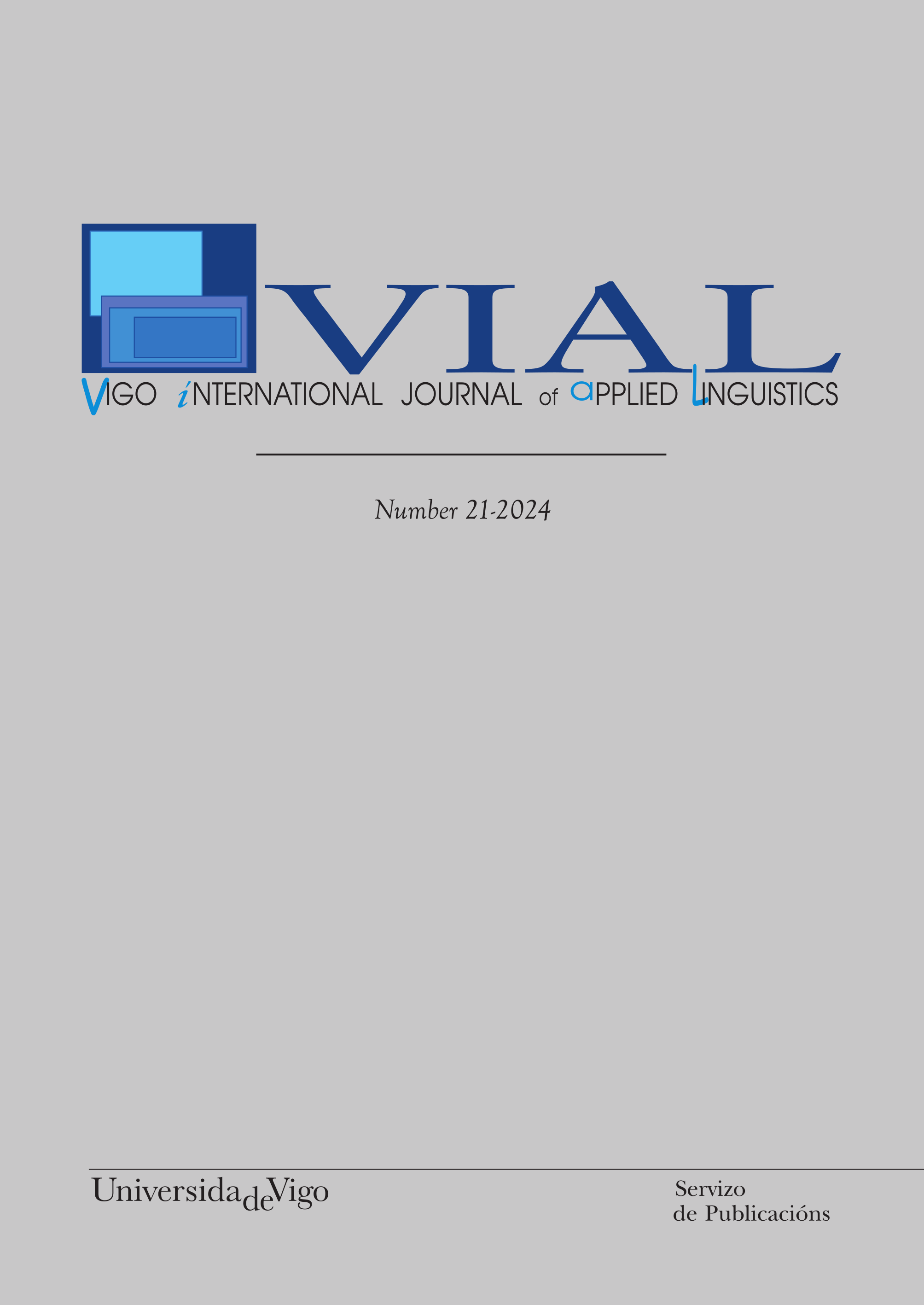Modeling the Contribution of Anxiety, Enjoyment, and Classroom Environment to Boredom among Students of English as a Foreign Language Students
DOI:
https://doi.org/10.35869/vial.v0i21.4491Keywords:
Foreign Language Learning Boredom, Classroom environment, English as a Foreign Language, Foreign Language Classroom Anxiety, Foreign Language Enjoyment, structural equation modelingAbstract
Over the past few years, there has been a surge in scholarly attention about the role of emotions in second-language acquisition. There is a consensus among researchers that emotions play a crucial part in learning a new language. The emotional experiences of language learners, such as anxiety, enjoyment, and motivation, have been studied, and strategies to promote positive emotions and decrease negative emotions have been identified. Motivated by a recent academic interest in boredom, this study investigated the effects of foreign language enjoyment (FLE), foreign language classroom anxiety (FLCA), and classroom environment (CE) on learners' foreign language learning boredom (FLLB). A sample of 481 college students enrolled in English classes took part in the study. There were significant correlations of FLCA, FLE, and FLLB with CE. Structural equation modeling (SEM) analysis revealed that students' FLCA, FLE, and CE were significant predictors of their FLLB, with FLCA being the strongest predictor, followed by FLE and CE. The independent predictive effects of FLCA, FLE, and CE outweighed the interactive effects between CE and FLCA, CE and FLE, and FLCA and FLE. Pedagogical implications are discussed based on the results.
Downloads
Downloads
Published
Issue
Section
License
Revistas_UVigo es el portal de publicación en acceso abierto de las revistas de la Universidade de Vigo. La puesta a disposición y comunicación pública de las obras en el portal se efectúa bajo licencias Creative Commons (CC).
Para cuestiones de responsabilidades, propiedad intelectual y protección de datos consulte el aviso legal de la Universidade de Vigo.



